Chickens are one of the most commonly domesticated birds, and they are often raised for their meat and eggs.
However, there is a common misconception that chickens are mammals due to their similarities with other domesticated animals such as cows, pigs, and sheep.
This article will explore the question “Are chickens mammals?” and provide a clear answer based on scientific evidence.
We will also discuss:
- The differences between chickens and mammals
- Chickens vs other animals
- Some frequently asked questions
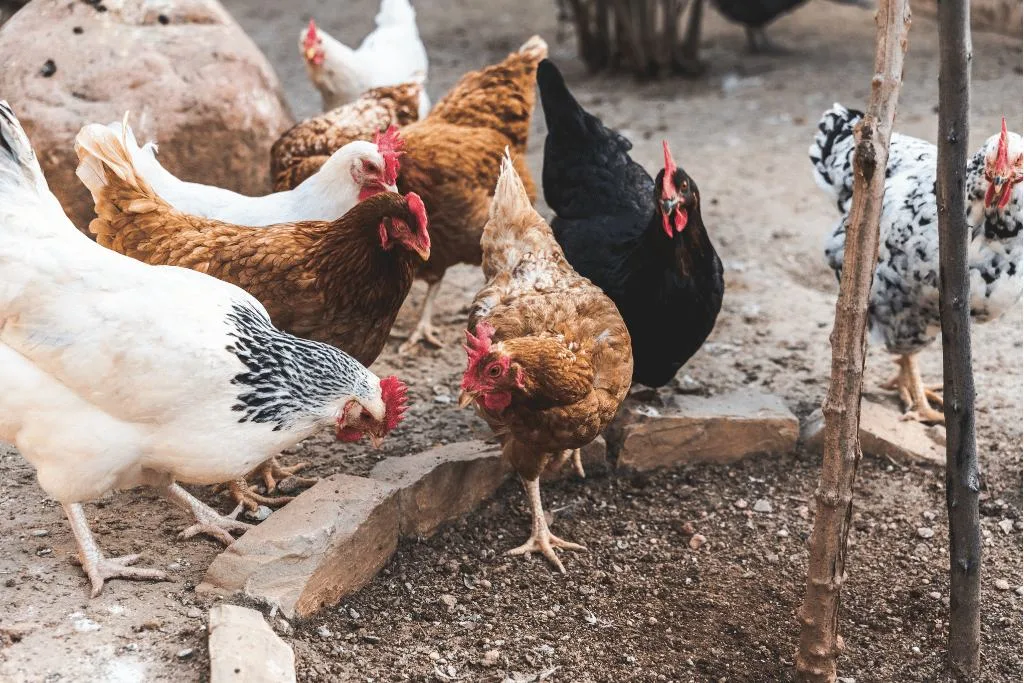
Characteristics of Chickens
Chickens are not mammals, but a species of bird.
They have distinct physical, behavioral, and dietary traits that set them apart from other animals.
In this section, we will explore the different characteristics of chickens.
Physical Features
Chickens have a unique skeletal structure that is adapted for both flight and walking.
They have a beak, wings, comb, wattle, fluff, plumage, hackle, saddle, and spurs.
Their body covering is primarily made up of feathers, which serve various purposes such as insulation, display, and in some cases, for flight.
Chickens have a cloaca, which is a common opening for excretion, mating, and egg-laying.
Behavioral Traits
Chickens are social animals and have a complex social hierarchy.
They display various behaviors such as pecking, scratching, dust bathing, and preening.
Roosters are known for their crowing, which is a way of announcing their presence and territory.
Hens can become broody, which means they will sit on their eggs to incubate and hatch them.
Dietary Habits
Chickens are omnivores and eat a variety of foods such as corn, seeds, worms, and other insects.
They require a balanced diet to maintain their health and produce quality eggs and meat.
Chickens have a unique digestive system that allows them to break down and extract nutrients from their food efficiently.
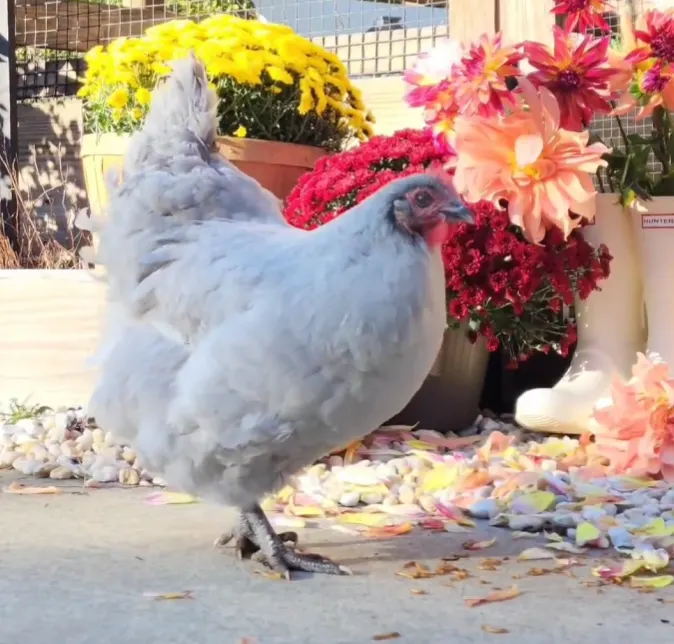
Chickens vs Mammals
Firstly, it is important to understand the characteristics that define mammals.
Mammals are warm-blooded animals that have hair or fur, produce milk to feed their young, and give birth to live offspring.
Chickens, on the other hand, have feathers and lay eggs and do not have any of the other characteristics that define mammals.
Therefore, it is clear that chickens are not mammals.
Despite this, there are still some people who may be confused about whether chickens are mammals or not.
This confusion may stem from the fact that chickens are often raised for their meat in a similar way to mammals such as cows and pigs in a farm or homestead-type setting.
However, it is important to remember that chickens are a completely separate class of animals, and they have their own unique characteristics and behaviors that set them apart from mammals.
Chickens and mammals are two distinct groups of animals that have several physical, reproductive, and genetic differences.
In this section, we will explore these differences in detail.
Physical Differences
One of the most apparent differences between chickens and mammals is their skin covering.
Mammals have hair or fur covering their skin, while chickens have feathers.
Mammals also have mammary glands that produce milk, whereas chickens do not.
Another significant physical difference is that all mammals have teeth, but chickens do not.
Reproductive Differences
Reproduction is another area where chickens and mammals differ significantly.
Mammals give birth to live young, while chickens lay eggs.
Mammals have a gestation period during which the fetus develops inside the mother’s womb, while chickens incubate their eggs outside their bodies.
This difference in reproductive strategy also means that mammals have a longer period of parental care for their offspring than chickens.
Genetic Differences
Mammals and chickens also differ genetically.
Mammals are classified under the class Mammalia, which includes all animals that have mammary glands and hair or fur covering their skin.
Chickens belong to the class Aves, which includes all birds.
The genetic differences between these two classes of animals are vast, and they have different DNA structures.
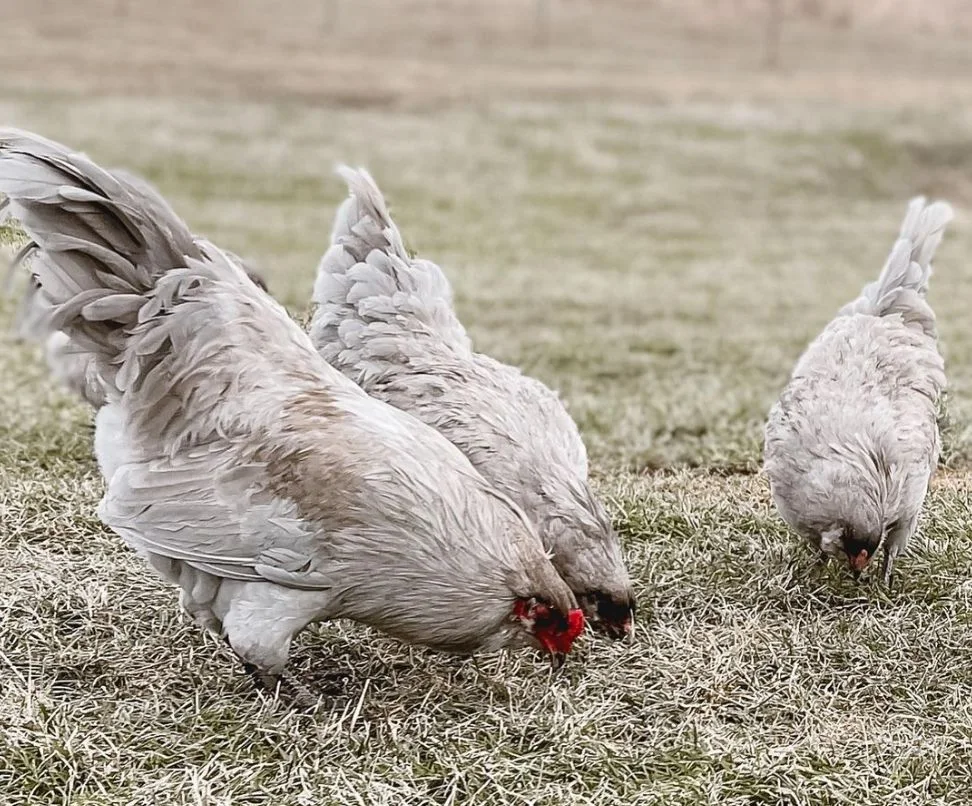
Chickens and Other Animals
Chickens are a unique species of animals that humans have domesticated for thousands of years.
While they share some similarities with other animals, they also have many differences that set them apart.
In this section, we will compare chickens with birds, reptiles, and mammals to better understand their place in the animal kingdom.
Comparison with Birds
Chickens are classified as birds, which means they share many characteristics with other species of birds.
For example, chickens have feathers, wings, and beaks, which are all features common to birds.
However, chickens are flightless birds, which means they have lost the ability to fly over time.
Comparison with Reptiles
Reptiles are another group of animals that share some similarities with chickens.
For example, both chickens and reptiles lay eggs, which is a feature that sets them apart from mammals.
However, there are also many differences between chickens and reptiles.
For example, chickens have feathers, while reptiles have scales.
Additionally, chickens are warm-blooded, while reptiles are cold-blooded.
Comparison with Mammals
Mammals are a diverse group of animals that includes dogs, cats, pigs, cows, sheep, horses, echidnas, platypuses, and many others.
Unlike chickens, mammals are characterized by the presence of hair or fur, as well as mammary glands that produce milk for their young.
Mammals are also warm-blooded, which means they are able to maintain a relatively constant body temperature regardless of their environment.
Overall, while chickens share some similarities with other animals, they are their own unique species.
By comparing chickens with birds, reptiles, and mammals, we can better understand their place in the animal kingdom and appreciate their unique characteristics.
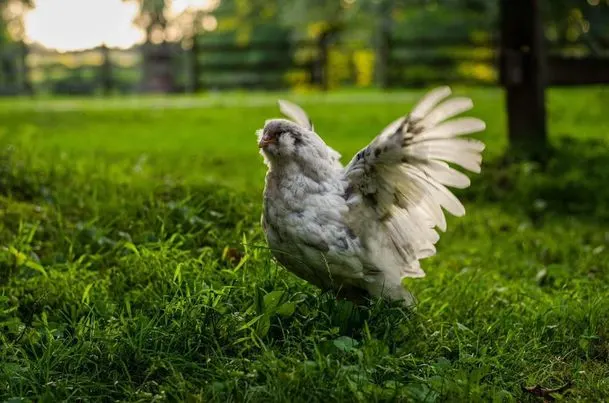
Chicken Breeds and Uses
Common Breeds
There are over 60 breeds of chickens, each with unique characteristics and uses.
Some of the most common breeds include:
- Leghorn: a popular breed for egg-laying due to their high productivity.
- Rhode Island Red: known for their hardiness and ability to lay brown eggs.
- Plymouth Rock: a dual-purpose breed that is good for both meat and egg production.
- Cornish: a popular meat breed that grows quickly and has a high feed-to-meat conversion ratio.
- Silkie: a unique ornamental breed known for its fluffy feathers and gentle temperament.
Uses of Chickens
Chickens have been domesticated for thousands of years and have a variety of uses.
Some of the most common uses include:
- Egg production: chickens are a primary source of eggs for human consumption.
- Meat production: chickens are a popular source of protein and are used for meat production.
- For Showing: some breeds, typically called ornamental breeds, are raised for their looks and are considered to be “show chickens”.
- Cockfighting: while illegal in many countries, cockfighting is still practiced in some areas of the world.
- Pets: chickens can make great pets due to their friendly personalities and low maintenance requirements.
- Livestock: chickens are often raised as livestock on farms, providing both eggs and meat.
Chickens are versatile and useful animals with a variety of breeds and uses.
Whether you are looking for a source of protein, a pet, or a farm animal, there is likely a breed of chicken that will meet your needs.
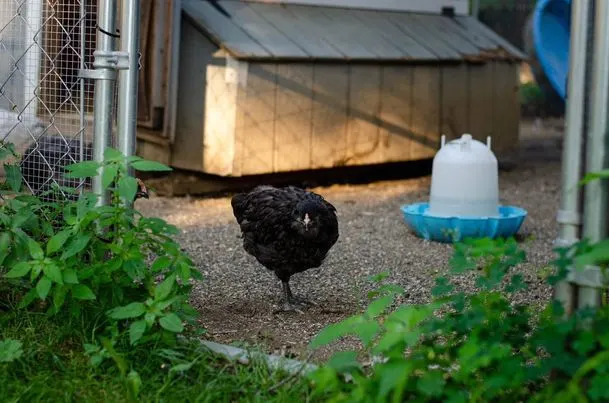
Final Thoughts
Overall, chickens are not mammals but rather belong to the class Aves.
They share many similarities with mammals, such as exhibiting a range of complex behaviors and having the ability to learn and remember, but also have distinct features that differentiate them from mammals.
Chickens are fascinating creatures with unique characteristics such as feathers, beaks, and the ability to lay eggs.
Understanding their differences from mammals and reptiles allows for better care and appreciation of our feathered friends.
Frequently Asked Questions
What class of animal do chickens belong to?
Chickens belong to the class Aves, which includes all birds.
Birds are warm-blooded, egg-laying vertebrates with feathers, wings, and beaks.
Are birds considered mammals?
No, birds are not considered mammals.
Mammals are a separate class of animals that have different characteristics such as being warm-blooded, containing fur or hair, and having mammary glands, which produce milk to nourish their young.
Birds do not have mammary glands and do not produce milk but instead, they lay eggs to reproduce.
They also have feathers instead of fur.
What defines an animal as a mammal?
Animals are classified as mammals if they have certain characteristics, including:
- The presence of mammary glands to produce milk for their young
- The presence of hair or fur on their bodies
- The ability to regulate their body temperature internally
- A four-chambered heart
- The ability to breathe air through their lungs
- The presence of a diaphragm to aid in breathing
What are the characteristics of mammals?
Mammals have a number of characteristics that set them apart from other animals. In addition to the presence of mammary glands and hair or fur, mammals are also characterized by:
- The ability to regulate their body temperature internally
- A four-chambered heart
- The ability to breathe air through the lungs
- The presence of a diaphragm to aid in breathing
- A complex brain and nervous system
- The ability to learn and adapt to their environment
- The ability to communicate with one another through vocalizations and other means
Chickens possess some, but not all, of these characteristics and therefore are not considered mammals.

